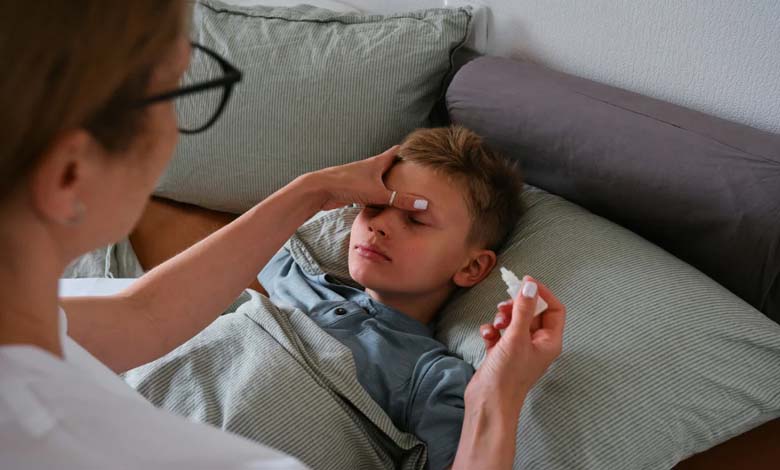What Causes Ear Infections in Children?

Ear infections are among the most common childhood illnesses. They are a leading cause of pediatric visits and antibiotic prescriptions worldwide. While usually mild, frequent ear infections can impact a child’s hearing and language development. So why are children particularly vulnerable?
-
Why Are More and More Children Being Diagnosed with Autism?
-
Drug resistance kills 3 million children in a single year
What Is an Ear Infection?
“Otitis” refers to inflammation or infection of the ear. The main types are:
- External otitis: infection of the outer ear canal, often linked to moisture (e.g., swimmer’s ear),
- Acute otitis media (AOM): infection of the middle ear, most common in young children.
AOM involves fluid and pus buildup behind the eardrum, causing pain, fever, and temporary hearing loss.
-
What is the Impact of Grandchildren’s Connection with Grandparents on Their Emotional Health?
-
Reasons Why Elderly People Act Like Children
Why Are Children More Susceptible?
Several anatomical, immune-related, and environmental factors contribute to their higher risk.
1. Eustachian tube anatomy
In children, the Eustachian tube is shorter, more horizontal, and narrower, making it easier for germs to enter and harder for fluid to drain.
2. Immature immune system
Young children’s immune systems are still developing, making them more prone to respiratory infections, which often lead to ear infections.
-
Having Two Children: How Does It Positively Affect Women’s Mental Health?
-
New Treatment for Peanut Allergy in Children
3. Frequent viral infections
Ear infections frequently follow colds, flu, or nasal infections. Viruses weaken local defenses, allowing bacteria to invade the middle ear.
4. Environmental factors
- Group childcare exposure,
- Secondhand smoke,
- Short or absent breastfeeding.
-
Do Parents Love All Their Children Equally?
-
What Is the Link Between Maternal Health and Autism in Children?
What Are the Symptoms?
- Ear pain (often sudden and intense),
- Fever,
- Unexplained crying in infants,
- Loss of appetite, poor sleep,
- Fluid discharge from the ear if the eardrum ruptures.
What Causes the Infections?
1. Most common bacteria
- Streptococcus pneumoniae,
- Haemophilus influenzae,
- Moraxella catarrhalis.
2. Associated viruses
- Rhinovirus,
- Respiratory syncytial virus (RSV),
- Influenza.
Infections are often mixed: viral initially, then bacterial.
-
Health Risk Threatens Children of Divorced Parents
-
What is the impact of permissive parenting on children?
Treatment and Prevention
1. Treatment
- Pain relief (acetaminophen, ibuprofen),
- Antibiotics: not always necessary; usage depends on age, severity, and recurrence,
- Watchful waiting: many cases resolve on their own in 2–3 days.
2. Prevention
- Exclusive breastfeeding for at least 6 months,
- Avoiding secondhand smoke,
- Frequent handwashing,
- Vaccination (pneumococcal, flu, Hib),
- No bottle feeding while lying down.
-
How Do Smart Devices Affect Children’s Senses?
-
“They must not miss them” : Doctors reveal the most important nutrients for children
When to Worry?
Seek medical advice if:
- The child is under 6 months old,
- Fever is high or lasts over 48 hours,
- There’s pus-like discharge,
- The child has frequent infections (more than 3 in 6 months or 4 in a year).
Chronic cases may require an ENT specialist and insertion of ear tubes (grommets).
Otitis is common but generally harmless in children. Understanding its causes helps with prevention and timely management. With proper care, most children recover fully without lasting effects.












